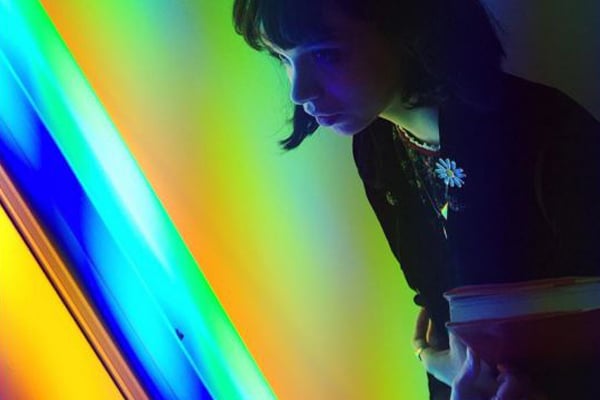
To the art world and its denizens, Dan Flavin may be widely remembered as an early king of fluorescent lights. But, like most artists, the American minimalist sculptor actually hales from humble beginnings.
He volunteered a year’s service to the US Air Force, then attended the Hans Hofmann School of Fine Arts, the New School for Social Research, and for a brief moment, Columbia University.
But it didn’t take long before Flavin abandoned the ivory tower to take on odd jobs at different museums, and figure out his life as an artist. By his mid-twenties, he worked down in the mail room of the Solomon R. Guggenheim Museum. Some years later, Flavin took a post as a security guard across the park at the American Museum of Natural History. He also did a stint as an elevator operator at the Museum of Modern Art.
Suffice it to say, the New York native came a long way before claiming his cut of art world success. Since a 1968 show at Documenta 4 in Kassel, Germany, wherein he illuminated the full expanse of a gallery with ultraviolet light, Flavin’s artistic legacy would take his name to the finest museums in the world.
But had he been alive today (Flavin died of complications relating to diabetes in 1996), he might be surprised to see that the coming generations would revive his work in curious ways.
Given the seductive quality of his assemblages, the light installations that line the halls of, say, Dia:Beacon, for instance, readily lend themselves for an opportune selfie-op. Below, a sample of the fun to celebrate the late artist, who was born on April 1, 1933.